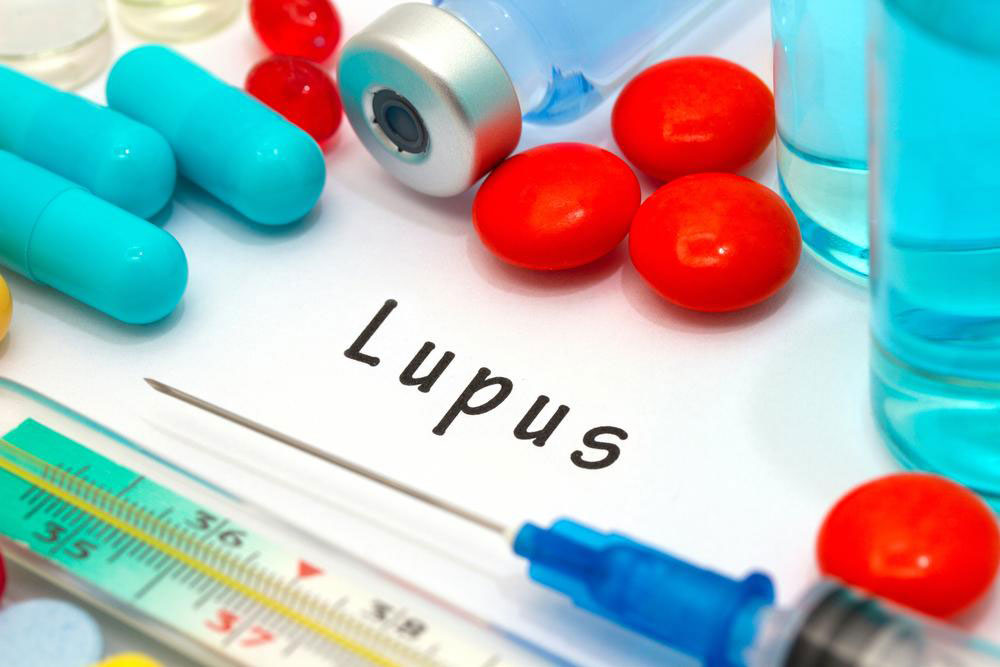Lupus – An Overview
It is the immune system that protects the body from attacks from foreign bodies. It does so by producing certain proteins called antibodies. Sometimes the immune system loses the capacity to distinguish between foreign bodies and attacks the body’s own cells. This condition is called autoimmune disease. There are many conditions that are produced by an overactive immune system and lupus is one. Autoimmune diseases per se do not have any cure.

Medical advancements have made it possible to control and manage the condition and one can live an active life to the full span. It is the incapacity of the immune system to distinguish the defective body cells as foreign that leads to cancer and its continued growth. Lupus affects individuals uniquely. Some have only mild symptoms while others have very many and sometimes very serious ones. Like many other autoimmune diseases lupus is a condition with flare ups and remissions. Lupus symptoms start early, around the late teens and can even be detected until one turns 30 years of age. 90% of lupus patients are women. Many of the early symptoms are very common to many other common diseases and hence it is important to have an early diagnosis.
A vast majority of patients, close to around 90%, suffer from tiredness or fatigue initially. A short afternoon nap helps many to keep up their energy levels. However, too much sleep in the day time leads to lack of sleep in the night. An active lifestyle helps keep energy levels high, but it is easily said than done and is hard to realise. In case of extreme fatigue, doctors should be contacted for treatment.
Another early symptom is a low-grade fever of 98.5 to 101 degree F, which keeping coming and going often. The fever comes without any discernible reasons. One who gets such low-grade fever for no reason should seek medical opinion.
One of the very characteristic symptoms of lupus is a skin eruption across the ridge of nose like a butterfly spreading over the cheeks. This appears suddenly or after exposure to sunlight. It may appear just before a flare up. About 50% patients have this. Lupus also has non-itchy eruptions at others of the body. Most patients are sensitive to light both sun and artificial light.
Hair thinning and loss is another early symptom. Hair on the beard, eyebrows, lashes and other body parts can all thin. Lupus treatment results in hair regrowth. However, if lesions are developed hair may not regrow. Lupus can attack other organs producing serious conditions.